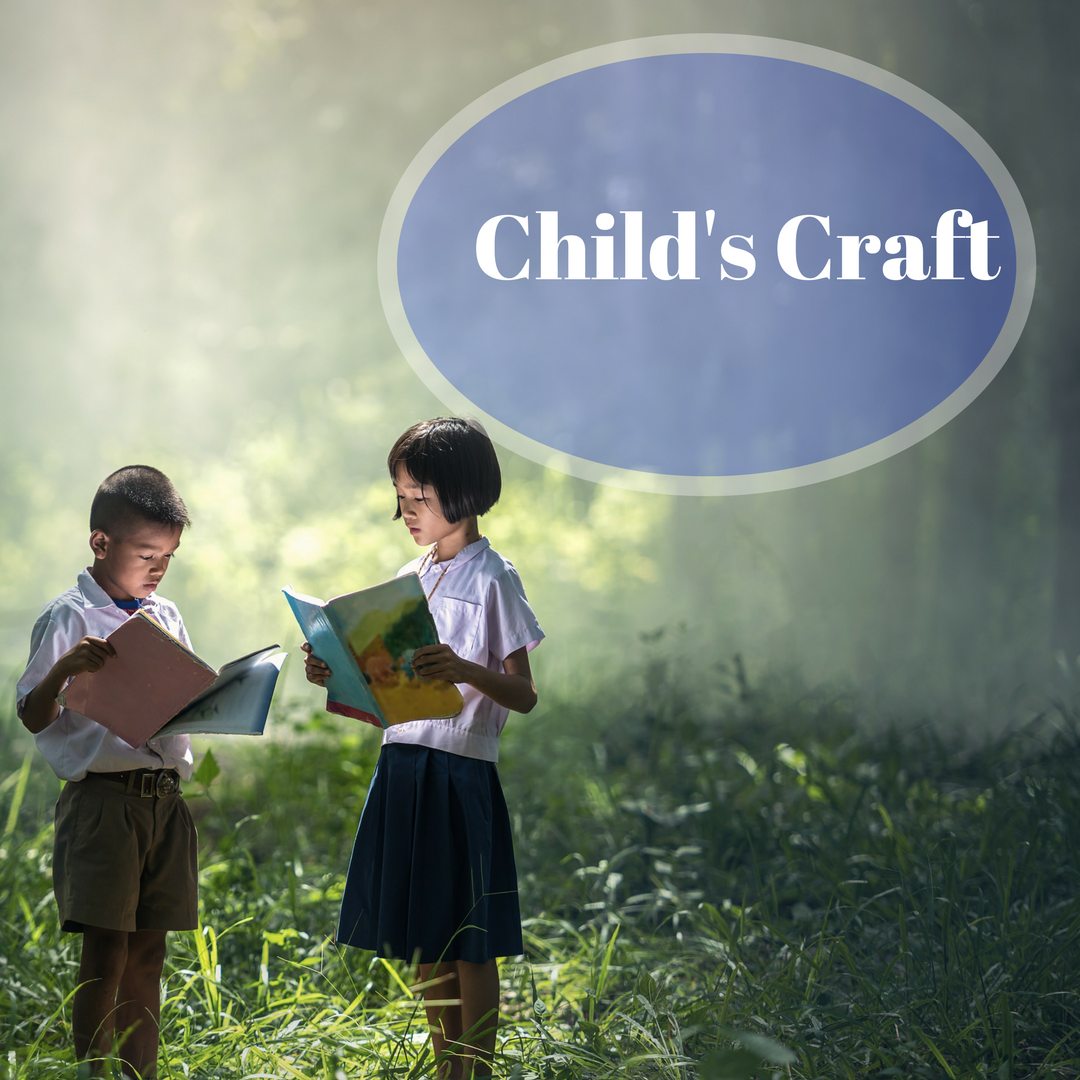
Mastering Middle Grade
Elements That Work
When it comes to writing middle grade fiction, authors might wonder what works best for this 8-12 years old…
April 21, 2023
When it comes to writing middle grade fiction, authors might wonder what works best for this 8-12 years old…
April 21, 2023
Whether you are writing your first mystery/thriller or have become a seasoned veteran, one thing remains true. Writing in…
November 17, 2021
As we continue this editing series how we can develop a great story, I hope you’re able to see…
April 22, 2020
In her book The Art of Characterization Fay Lamb proposes that writers “use the other elements of storytelling to…
April 21, 2018